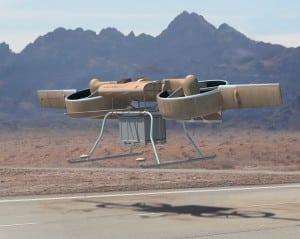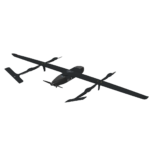
The Aerial Reconfigurable Embedded System (ARES), an unmanned, vertical-takeoff-and-landing (VTOL) prototype touted for its compact design and interchangeable payload, is on track to begin flight testing in the fourth quarter of this year, according to an industry official.ARES, which is under development for the Defense Advanced Research Projects Agency (DARPA), is being built and undergoing ground tests, including drivetrain tests, at Piasecki Aircraft in Essington, Pa., near Philadelphia, said Doug Welch, an ARES official for Lockheed Martin [LMT], the program’s…













